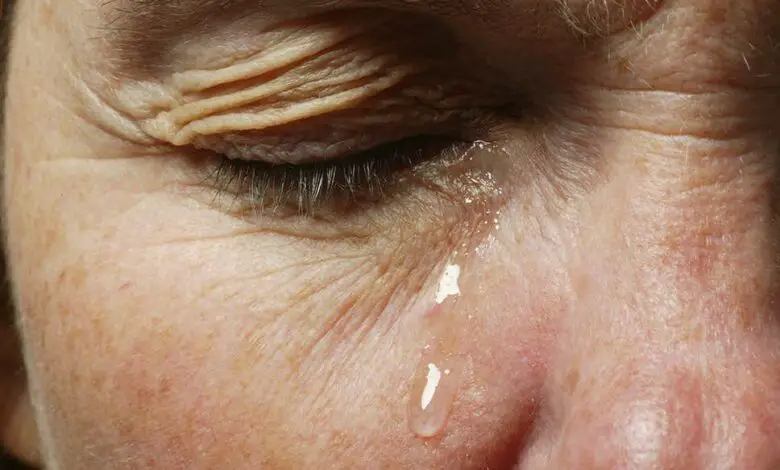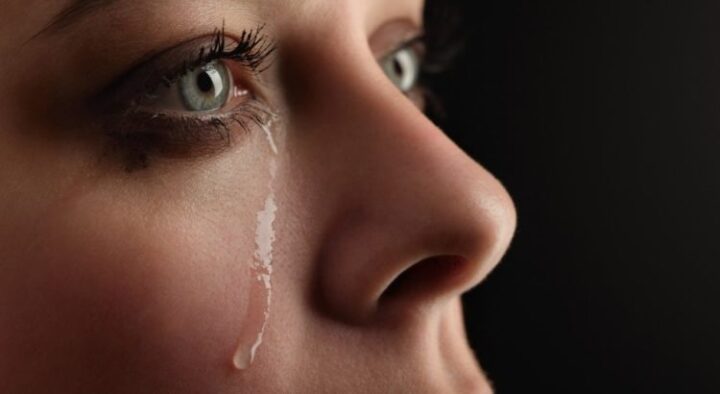Why Do We Cry? Facts and Details

Why do we cry, and what is the role of tears when it comes to our health?
It may be in response to the extreme pain, an emotional shock, or an emotional scene from a movie.
How many times do we surprise ourselves sobbing when we watch a movie, even if it’s animated characters like Dumbo or Looking for Nemo?
Crying is so common that we rarely ask ourselves what could be the scientific explanation for it or what effects it has on our health.
Humans are the only living beings who cry in response to emotions or pain. Why this occurs is one of the questions scientists still ask.
But we do know that there are three different types of tears, and each has a different function.
Basal, reflex and psychic tears
Basal tears – Their function is to keep the eye lubricated and free of dust,” Dr. Nick Knight of the West Middlesex hospital in the United Kingdom tells the BBC.
Reflex tears – These can be the reaction to some irritation, such as when you cut onions or if your eyes come into contact with tear gas. The primary purpose of this type of tears is to clean the eye of foreign particles or irritating substances.
Psychic tears – This type is the result of a broad spectrum of emotions and is the most important since it can have healing power. They generate the most interest among scientists.
However, psychic tears remain a mystery, as it is not known why we cry in response to physical pain or emotional trauma or even in moments of happiness. But since we are social beings, it can be a way of expressing our state of mind to others.
Tears as a form of communication

Charles Darwin argued that psychic tears or those that respond to emotion have no purpose. For him, tears, in general, had only one intention: to protect the eye.
However, Claudia Hammond, author of the book “Emotional Roller Coaster” or “Emotional Whirlwind,” notes that today psychologists think that psychic tears do have a purpose. However, there is a debate about precisely what it is.
Many psychologists think that it is a form of communication and that if you cry, people usually sympathize with you. Furthermore, if they are mistreating you, crying lets them know that they are going too far.
It is also evident that giving a good cry has positive effects on mental health.
In 2015, the Dutch psychologist Ad Vingerhoets, from the University of Tilburg in the Netherlands, asked a group of volunteers to fill out forms explaining how they felt before watching two very emotional films. They filled out the same form immediately after watching the movie, 20 minutes later, and two hours later.
The results were noticeable. Pearsons who did not cry did not report any change in their mental state, but those who did – they pointed out that their mood had improved significantly.
In other words, crying had had a cathartic effect. That is another example of how people feel better after a good cry.

Some studies indicate that sobbing has immediate effects on the body. Our heartbeats speed up, the veins and arteries dilate, the body sweats more, and the respiratory rate slows down.
All this happens as a result of the sympathetic nervous system. It can prepare us for some action, or it acts as a response to a threat, activated by the stimulus.
Research indicates that there are cultural reasons that also determine how often we cry. On average, women cry 5.3 times per month, and men 1.3 times per month.
Is crying a typical form of manipulation?
Crying, as well as specific aspects of pity, can be a form of manipulation because of the empathy most of us feel towards the crying person – in a way, we are urged to help in any way we can.

